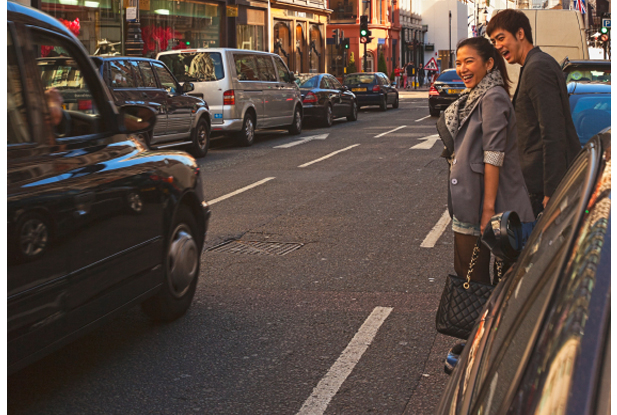Who’s At Fault: I Hit A Pedestrian Jay Walking

Drivers and pedestrians have a shared responsibility to use the roadway with care. In pedestrian-motor vehicle accident cases involving jay walking, both parties are generally found at fault. The degree of the driver and pedestrian’s fault turns heavily on the facts of each case.
Under Ontario’s Highway Traffic Act, when a driver strikes a pedestrian, the driver carries the burden of proving that he or she did not negligently strike the pedestrian by keeping a proper look out and using all due care. This is a “reverse onus” which the law places on drivers in recognition of the vulnerability of pedestrians to serious injury in motor vehicle accidents. This “reverse onus” means that drivers rarely escape liability in pedestrian accidents.
For their part, the law expects that pedestrian will cross roadways at property designated areas, such as crosswalks. Where marked crossings do not exist, pedestrians may cross at any safe point so long as they yield to oncoming traffic. Where they fail to take these steps, they will be held at least partially at fault for their own injuries.
When allotting fault between a driver and pedestrian in a jay walking case, the Courts have taken into consideration a host of factors including:
•Character of the roadway: was this an area of high pedestrian traffic (e.g. a city centre, school zone, retirement community), or rather was it an area where pedestrians seldom travel (e.g. a highway)?
•Opportunity to see: did the accident happen at night or during the day, what was the lighting in the area like, was the pedestrian wearing clothing that made him or her apparent to the driver, did the pedestrian dart into the roadway, was the driver speeding?
•Opportunity to avoid: did the pedestrian try to get the driver’s attention, did the pedestrian have time to get out of the way, did the driver honk his or her horn, brake, or swerve to try to avoid the pedestrian?
